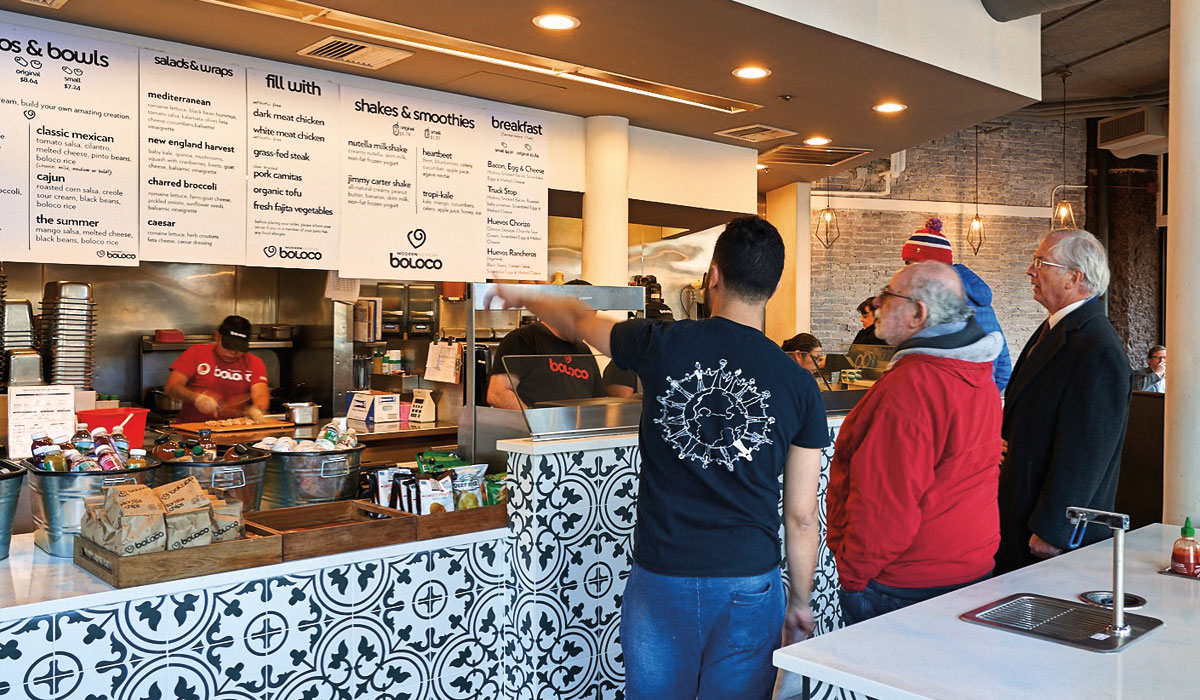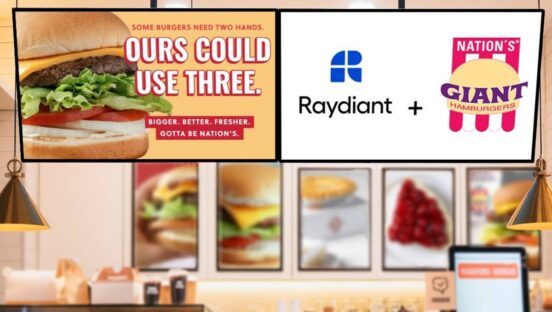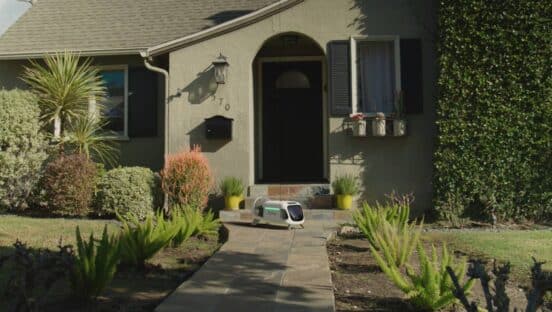According to the 2017 Restaurant Technology Industry Report—conducted by POS provider Toast—a whopping 95 percent of restaurant owners and operators believe technology improves their efficiency and operations. That’s just one of the reasons why even small and independent brands are adopting technologies that make a proven difference in unit performance and the bottom line.
But how do you get the most bang for your tech buck without spending an arm and a leg? Like everything else these days, it all starts with the cloud.
“Traditionally, concepts have partnered with POS dealers that sell them expensive hardware and upfront software licenses,” says Scott Langdoc, senior vice president and practice lead at Boston Retail Partners, a consulting firm for restaurant operators. “On an ongoing basis, they have to schedule upgrades and pay for new features and functions.”
With the introduction and evolution of the cloud, however, smaller operators are able to pay a lower upfront cost thanks to subscription-based models for everything from POS to food-cost tracking. At the same time, they can also take advantage of the iterative updates and improvements these solutions provide on an ongoing basis, Langdoc says.
It’s impossible to determine a hard-and-fast cost that every small brand should allocate toward advancing its technology since it varies widely based on the type of brand, size of company, level of service, number of employees, and other factors. Nevertheless, Langdoc adds, switching to cloud-based, subscription-fee models for any number of restaurant technologies can save brands big bucks.
“We’re talking about what could be a $50,000–$70,000 upfront capital expense versus a $2,000–$2,500-a-month cloud application service or subscription,” Langdoc says.
And while cloud platforms can be used in both the front and back of house, most experts recommend that brands start in the back office, particularly when working with a tight budget. “The more granular your reporting is, the more you can make the operational changes to optimize your business,” Langdoc says of technologies that allow for more detailed, automated reporting tools.
With food costs, for example, cloud platforms have the capability to analyze spend and forecast pricing in order to help operators fine-tune and understand their actual food costs. Another area Langdoc suggests smaller brands consider is labor management and schedule optimization for employees. “It’s about getting more of an optimization around scheduling and labor costs and, most importantly, tying the appropriate amount of labor to what you expect your customer count to be,” he adds.
Bo Davis, cofounder and CEO of MarginEdge—a cloud-based technology provider that handles data processing, invoice management, and purchasing for small and emerging restaurant brands—also believes that back of house is the area to focus on for brands with a tighter budget. “With rising labor costs and rising food costs, you can only take the check average up by so much,” Davis says. “Managing those costs on the backend and having visibility in a way that restaurants historically haven’t had is a game-changer.”
Through MarginEdge technology, operators can use their smartphone to snap pictures of all inventory invoices, which its technology then processes and manages to give restaurant owners a clearer picture of their purchasing costs. “This technology allows you to see things in a way you’ve never seen them before,” Davis says. “A typical restaurant might make 10 percent profit, so if you can take two points off your fixed costs, that’s a 20 percent increase in your profitability.”
John Pepper, founder of Boloco—a MarginEdge client and nine-unit burrito chain based in Boston—says the ever-growing number of back-of-house solutions on the market has made a noticeable difference in his profitability and efficiency. For example, in 2015, Boloco moved toward scaling back its corporate staff, reallocating those salaries and expenses toward unit-level wages and direct restaurant spend. Rather than keeping a team of accounting personnel on its payroll, the concept used MarginEdge “to automate one of the least-favorite tasks in the business and allow those wages to go into the hands of the team members serving customers,” Pepper says.
He adds that some of the truly innovative technologies today—such as robotics—are too cost-prohibitive for the average brand, while front-of-house technologies often don’t provide the lift in performance that a brand needs to make them worth the expense. “I’m very bullish on standalone technologies that don’t require complex integrations and instead layer over existing solutions,” Pepper says of Boloco’s choice to focus on back-end technology. “The complex integrations were extremely hard to unwind when we needed to and often cause paralysis in adopting new solutions.”
For brands that insist on innovating their front-of-house technology, Langdoc suggests they start by exploring the many cloud-based POS applications on the market, particularly those that integrate with consumer tablets, such as Square. With many of these technologies, the applications are available for free, while the brand is only charged a payment-processing fee.
In addition, Langdoc says choosing a cloud-based POS system that integrates with as many third-party delivery services—such as GrubHub, Postmates, and DoorDash—as possible is key to capturing a broad range of consumers.
Still, brands should be careful not to pay less at the expense of payment security and data protection. “Lower cost does not mean exposing yourself to the world of ongoing risks in restaurants and retail,” Langdoc says. “It doesn’t matter if you’re a single restaurant. You can still be breached and you can still get in trouble.”












